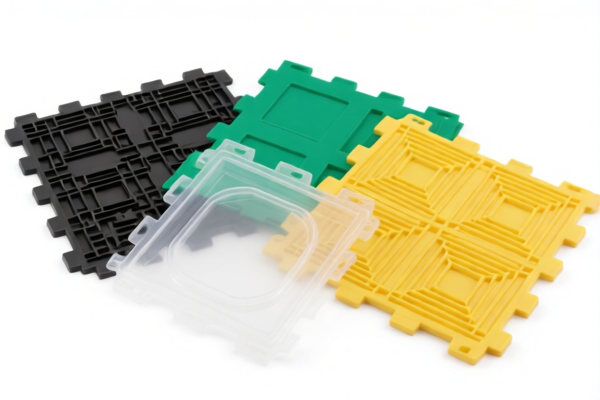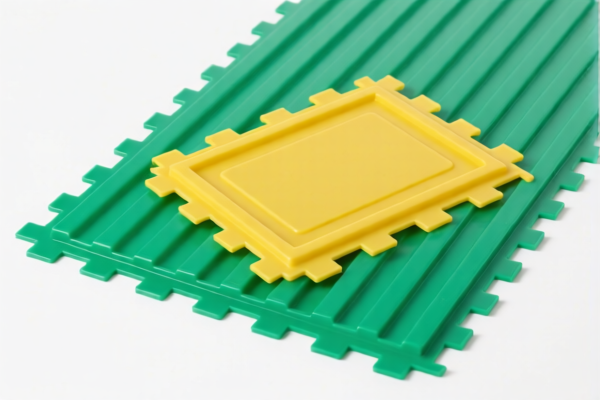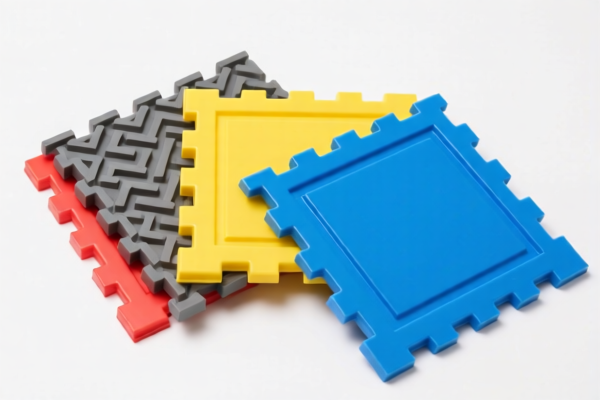| HS Code | Official Doc | Tariff Rate | Origin | Destination | Effective Date |
|---|---|---|---|---|---|
| 8703210110 | Doc | 57.5% | CN | US | 2025-05-12 |
| 8703210130 | Doc | 57.5% | CN | US | 2025-05-12 |
| 8704310120 | Doc | 80.0% | CN | US | 2025-05-12 |
| 8704900100 | Doc | 80.0% | CN | US | 2025-05-12 |
| 4011101010 | Doc | 59.0% | CN | US | 2025-05-12 |
| 4011101020 | Doc | 59.0% | CN | US | 2025-05-12 |
| 4012114000 | Doc | 59.0% | CN | US | 2025-05-12 |
| 4012118000 | Doc | 58.4% | CN | US | 2025-05-12 |




Car Line
A car line, also known as a vehicle assembly line, is a manufacturing process used to produce automobiles. It represents a pivotal development in mass production techniques, significantly reducing production time and costs.
Material & Components:
The car line itself is constructed from a combination of materials, primarily:
- Steel: Forms the foundational structure of the line, including conveyors, jigs, and fixtures.
- Conveyor Systems: Typically utilize steel rollers, belts, and chains to move the vehicle chassis and bodies through the various stages of assembly.
- Automation Components: Includes programmable logic controllers (PLCs), robots, sensors, and electrical wiring for automated tasks.
- Flooring: Often epoxy or specialized industrial coatings for durability and safety.
- Lighting & Safety Equipment: Essential for worker visibility and a secure environment.
The components assembled on the line are, of course, the thousands of parts that comprise a vehicle, including:
- Chassis: The structural frame of the vehicle.
- Engine & Transmission: The power source and drivetrain.
- Body Panels: Exterior components forming the vehicle's shape.
- Interior Components: Seats, dashboards, trim, and electronics.
- Electrical Systems: Wiring harnesses, sensors, and control units.
- Suspension & Brakes: Systems for vehicle handling and stopping.
Purpose:
The primary purpose of a car line is to efficiently and consistently produce automobiles at a high volume. This allows manufacturers to meet market demand while minimizing production costs per vehicle.
Function:
The car line functions by dividing the assembly process into a series of sequential workstations. Each workstation is responsible for a specific task or set of tasks. As the vehicle chassis moves along the line (typically via a moving conveyor), workers and automated systems add components and perform assembly operations. Key functions include:
- Body Welding: Joining the body panels to form the vehicle's structure.
- Painting: Applying protective and aesthetic coatings.
- Engine & Transmission Installation: Mounting the powertrain.
- Interior Assembly: Installing seats, dashboards, and trim.
- Electrical System Integration: Connecting wiring harnesses and control units.
- Quality Control: Inspecting components and assemblies for defects.
- Final Assembly: Adding remaining components and performing final checks.
Usage Scenarios:
Car lines are used in all modern automobile manufacturing facilities. They are adaptable to various vehicle types, including:
- Passenger Cars: Sedans, coupes, hatchbacks, SUVs, and minivans.
- Light Trucks: Pickups, vans, and crossovers.
- Hybrid & Electric Vehicles: Production lines are modified to accommodate battery packs and electric motors.
- Luxury Vehicles: Often utilize more manual assembly and higher levels of quality control.
Common Types:
- Traditional Assembly Line: Workers perform most assembly tasks manually, with some automation.
- Automated Assembly Line: Robots and automated systems perform a significant portion of the assembly tasks, reducing labor costs and increasing efficiency.
- Flexible Manufacturing System (FMS): Allows for the production of multiple vehicle models on the same line, offering greater adaptability to changing market demands.
- Modular Assembly Line: The assembly process is divided into modules, allowing for greater flexibility and customization.
- U-Shaped Assembly Line: Arranges workstations in a U-shape, allowing for better communication and collaboration between workers.
The declared goods, “car line,” refer to components used in the manufacturing or repair of motor vehicles. Based on the provided reference material, the following HS codes are relevant:
- 8703210110: Motor cars and other motor vehicles principally designed for the transport of persons (other than those of heading 8702), including station wagons and racing cars: Other vehicles, with only spark-ignition internal combustion piston engines: Of a cylinder capacity not exceeding 1,000 cc. This code applies to passenger vehicles with spark-ignition engines and a cylinder capacity of 1,000 cc or less. The basic duty is 2.5%, with an additional 25.0% duty, increasing to 30.0% after April 2, 2025, resulting in a total tariff of 57.5%.
- 8703210130: Motor cars and other motor vehicles principally designed for the transport of persons (other than those of heading 8702), including station wagons and racing cars: Other vehicles, with only spark-ignition internal combustion piston engines: Of a cylinder capacity not exceeding 1,000 cc Three or four wheel off-road vehicles with straddle seat and handlebar control: Other. This code applies to other passenger vehicles with spark-ignition engines and a cylinder capacity of 1,000 cc or less. The basic duty is 2.5%, with an additional 25.0% duty, increasing to 30.0% after April 2, 2025, resulting in a total tariff of 57.5%.
- 4011101010: New pneumatic tires, of rubber: Of a kind used on motor cars (including station wagons and racing cars): Radial Having a rim diameter of 33.02 cm (13 inches) or less. This code applies to radial tires used on passenger vehicles with a rim diameter of 13 inches or less. The basic duty is 4.0%, with an additional 25.0% duty, increasing to 30.0% after April 2, 2025, resulting in a total tariff of 59.0%.
- 4011101020: New pneumatic tires, of rubber: Of a kind used on motor cars (including station wagons and racing cars): Radial Having a rim diameter greater than 33.02 cm (13 inches) but not more than 35.56 cm (14 inches). This code applies to radial tires used on passenger vehicles with a rim diameter greater than 13 inches but not more than 14 inches. The basic duty is 4.0%, with an additional 25.0% duty, increasing to 30.0% after April 2, 2025, resulting in a total tariff of 59.0%.
- 4012114000: Retreaded or used pneumatic tires of rubber; solid or cushion tires, tire treads and tire flaps, of rubber: Retreaded tires: Of a kind used on motor cars (including station wagons and racing cars): Radial. This code applies to retreaded radial tires used on passenger vehicles. The basic duty is 4.0%, with an additional 25.0% duty, increasing to 30.0% after April 2, 2025, resulting in a total tariff of 59.0%.
- 4012118000: Retreaded or used pneumatic tires of rubber; solid or cushion tires, tire treads and tire flaps, of rubber: Retreaded tires: Of a kind used on motor cars (including station wagons and racing cars): Other. This code applies to other retreaded tires used on passenger vehicles. The basic duty is 3.4%, with an additional 25.0% duty, increasing to 30.0% after April 2, 2025, resulting in a total tariff of 58.4%.
Customer Reviews
No reviews yet.